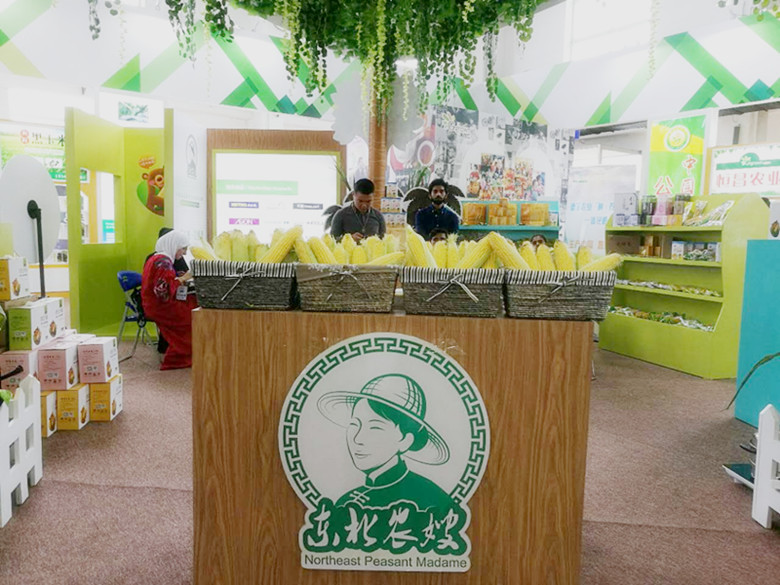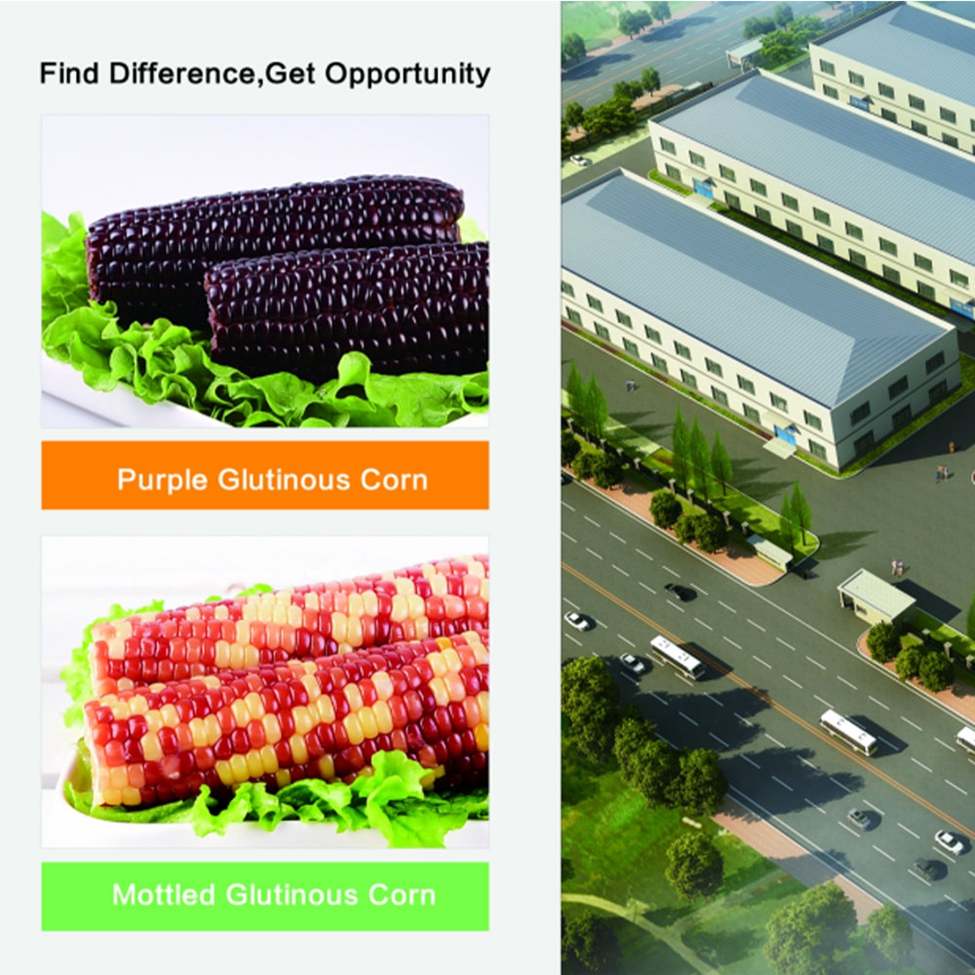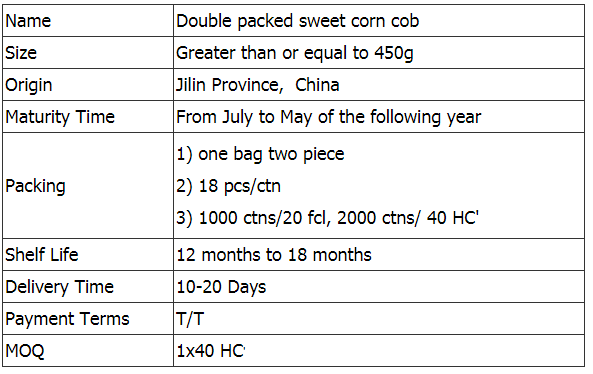The development of beef cattle breeding is a good way for farmers and herdsmen to become rich. Combining the experience of developing small and medium scale beef cattle farms in Jining City and Jiaxiang County, Shandong Province, the author talks about the construction requirements of beef cattle farms and related feeding techniques. Cattle site selection and layout Beef cattle farms should be sited in the open space or hillside 2,000 meters away from the dwelling (village) residential area, requiring high elevation, ventilation, convenient transportation, good water quality, adequate water resources, surrounded by forage grass base. The area of ​​the site depends on the size of the culture. Generally, 100 mu beef cattle need 5 acres to 10 acres. If considering long-term development, the site area should be slightly larger. The layout of cattle farms should be scientific and reasonable, and management areas, living areas, production areas, and manure disposal areas should be separated. The cattle farm production area is located downstream of the main wind direction of the management area or the lateral winds. The sewage, excrement treatment facilities and the dead cattle processing area are located in the downwind or sidewind direction of the main wind direction of the production area. The roads in the stadium must be hardened, the bare ground should be greened, the clean road and the dirty road should be separated, and they should not cross each other, and be cleaned and disinfected in time. Cowshed construction The general construction of the barn is simple and made locally, but it must meet the hygiene requirements. Conditions allow construction of durable steel barn, color tile roof barn. It is better to walk north or southeast or southeast, and the internal structure is generally double-row type, with a walkway in the middle and cow beds on both sides. The cowshed requires a certain number of windows to ensure adequate sunlight and air circulation. The perimeter wall can be built into a half-wall type. The upper empty wall is replaced by movable bamboo curtains. It is put down in winter and opened in summer. The roof should have a certain thickness in order to facilitate thermal insulation. The facilities in the house should be set reasonably to facilitate the growth of beef cattle. Introducing yak It is necessary to introduce calves into non-epidemic areas and pay attention to the breed, size and appearance of cattle. General selection of Simmental, Charolais, Angus or Limousin and local yellow cows for hybrid generations 3 to 5 generations is good, weighing 120 kg to 170 kg, looks to have God in both eyes, The nose is moist, the back hair is neat and shiny, the body and chest are long, the back arm is wide flat, the neck is thick, and the limbs are thick. Feeding management Yak due to long-distance transport and changes in the environment will have a stress response, we must pay attention to observe the changes. The first week to give enough water, feed to feed 78% can be full, if diarrhea, cold, fever and other symptoms should be symptomatic treatment in time. Keep warm in the winter and prevent heat stroke in the summer. After the yaks are adapted to the environment, they are bred and managed according to conventional methods. Keep the temperature and humidity of the house at 15°C~30°C. The stage of raising cattle and adult cattle is 5°C~30°C. The relative humidity of the enclosed cow house is 60%~70%. 75%. Summer temperatures are too high, not only affect the beef cattle feed intake and weight gain, but also may lead to heat stroke and even death of cattle, so we must take cooling measures, such as frequent spraying of cold water to the ground, take a shelter outside the circle, open the window for ventilation, for drinking enough water . Low temperature in winter should be taken to insulation measures, dampness in the house should reduce the amount of water in the house, timely removal of cow dung and urine, to ensure good ventilation. Do a good job of regularly disinfecting the sanitation and anti-epidemic field to maintain the cleanliness of the housing and appliances. The feed tank is disinfected once a week with 10% alkaline water, and other utensils are sterilized once every 15 days with 0.3% susu water. The bovine body is brushed once or twice a day. After the yak has entered the bar, it will timely inject vaccines such as cattle failure, No. 5 disease and rabies according to immunization procedures. Preparation of forage processing and storage Wheat straw should be kept short before being fed. Ammonization or micro-storage should be conducted. Corn stalks should be siled and then fed. After the hay and straw are dried, they should be kept in the shed or stacked to prevent rain. Shower, exposure. Before the forage is fed, dust, iron wire (nail), gravel, and other debris should be removed. Pay attention to the amount of feed and drinking water. Feed amount: Each day, calf needs 2.5 kg to 4 kg of raw material per head, 1.5 kg to 2.5 kg of concentrate (60% corn flour, 30% wheat bran, and 10% dry cake). The head needs 4 kg to 6 kg of crude material (grass and straw), 2.5 kg to 4 kg of fine material, and the top dressing requires 6 kg to 7.5 kg of hay per day and 4 kg to 5 kg of fine material per day. Feeding methods: Usually two times a day, sooner or later, every 12 hours, so that the cattle have adequate rumination and rest time. The feeding sequence is generally rough after the first fine, first wet and dry, less feeding Tim. Straw mixed with winter dry mix, wet summer, do not feed rotten spoilage forage. Drink 2 to 3 times a day, and summer to 3 to 4 times. Ready-to-eat Double Packed Sweet Corn
In this category is sweet corn from Jilin Province Agricultural Sister-in-law Food Co.
The physical characteristics of maize consist of grain colour, grain shape, seed coat lustre, grain length, grain width, 100 grain weight, grain diameter, uniformity of the seed and hardness. In most cases, the colour of the endosperm of mature maize kernels is yellow or white, while the seed coat and paste layer are colourless and transparent. Depending on the colour of the kernels, there are three types of maize: yellow, white and mixed. Depending on the kernel form, hardness and different uses, maize is divided into two types: common maize (hard, intermediate, horse-tooth, hard-horse, horse-hard) and special maize (high-lysine maize, high-oil maize, sweet maize, cracked maize, glutinous maize).
The sweet corn of Jilin Province Agricultural Sister-in-law Food Co., Ltd. belongs to the special corn category of yellow corn.
Also known as fruit corn. The leaves on the outside are light green (only the ears are in the pack, we have removed the leaves for you) and the kernels inside are white or yellow. Sweeter than regular sweet corn, but lower in starch and rich in vitamin E and fibre, which is anti-ageing and aids digestion. Perfect for eating raw, mixed with vegetables in salads; it can also be steamed, but don't cook it for too long, about 5 minutes.
If you have any questions, please contact us directly. If you have any questions, please email us directly.
Delectable Sweet Corn Cob,Microwave Sweet Corn Cob,Country Sweet Corn,Ready To Eat Sweet Corn Jilin Province Argricultural Sister-in-law Food Co., Ltd. , https://www.nscorn.com


Construction of beef cattle farm and beef cattle breeding method
Next Article
The Control Techniques of Maize Tiger
Prev Article
Bring the "doctor" to the side without treatment